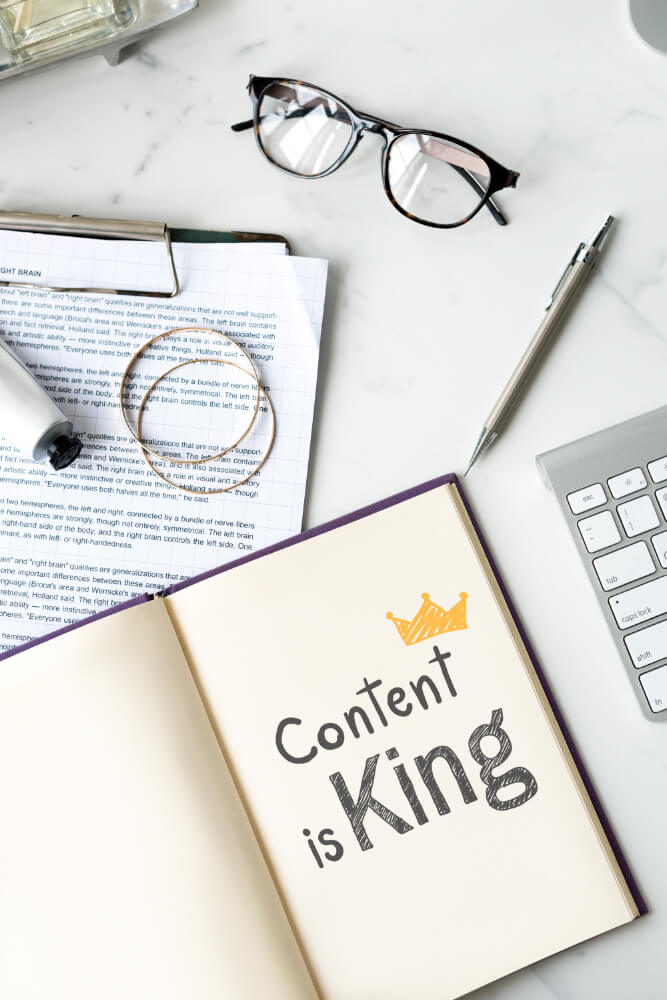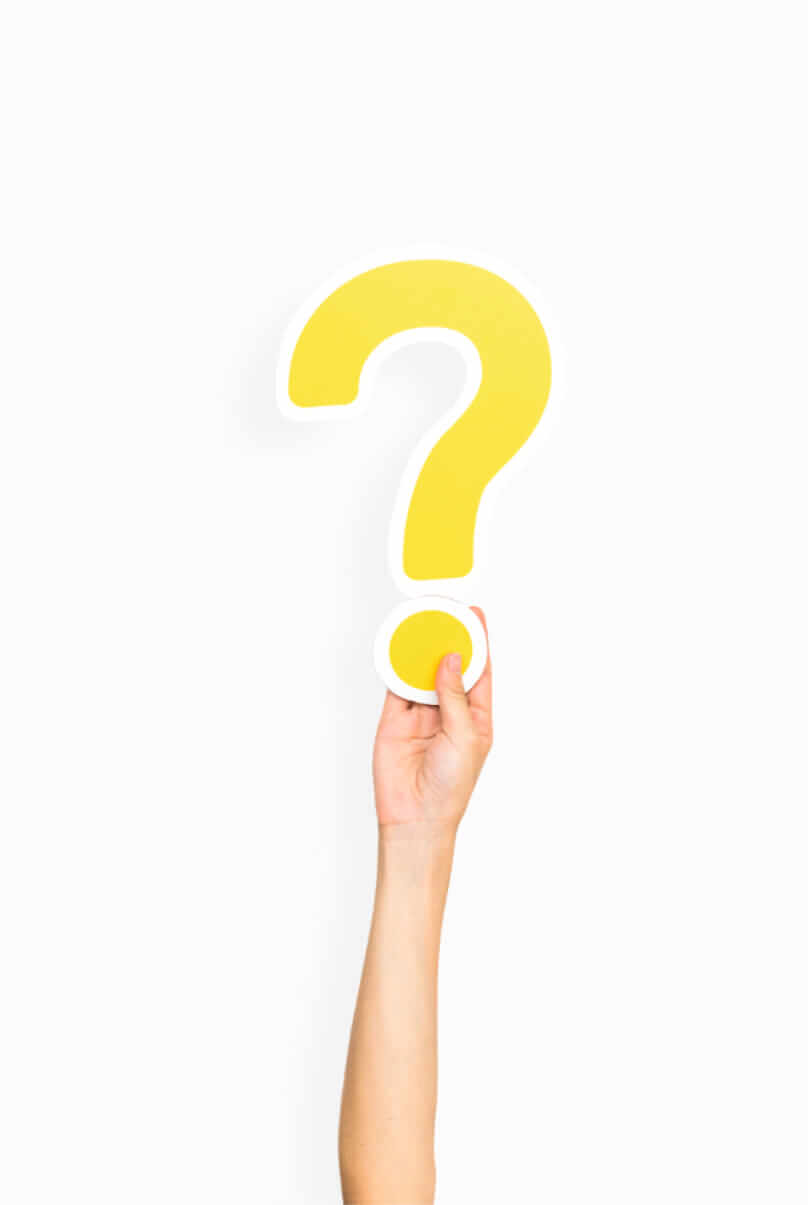Encourage readers to take action
Remember when I said you need to know your goal from the beginning? Now is the time to apply that knowledge. The goal of your web content is to inspire some kind of action. Maybe you want visitors to make a purchase, subscribe to your blog, join your mailing list, etc. Including a clear call to action, with words like “Join”, “Sign Up”, “Call Me”, “Subscribe”, “Check It Out” and “Learn More” can help you trigger the desired action.
Prove that CTA is worth the effort
A good strategy is to back up your claims about your products or services with evidence. This could be a success story, original research data, customer testimonials, a partnership with a relevant expert, or even diplomas, qualifications, or CVs that support your own skills. This will help to demonstrate your expertise and remove any doubts that may be holding the client back.
Take home visual elements
People remember only 20% of what they read, but 80% of what they see, hear and do. Adding infographics, images, graphs, videos, quizzes, calculators, games, or maps to your text will help people process information and capture their attention.
These are the main aspects of writing a meaningful, attention-grabbing text. If you feel you can’t do this to the level your readers would expect, let me do it for you 😀






